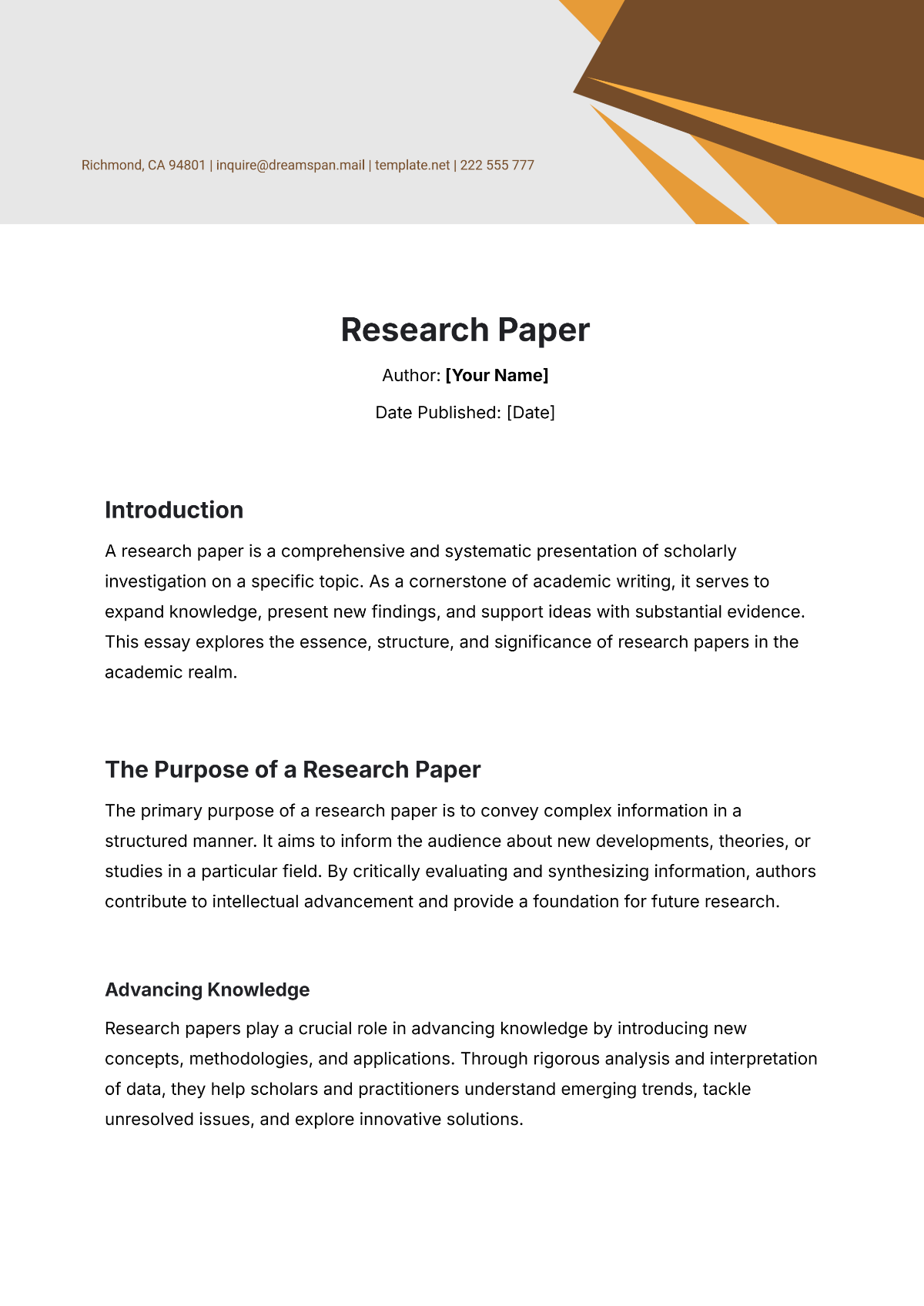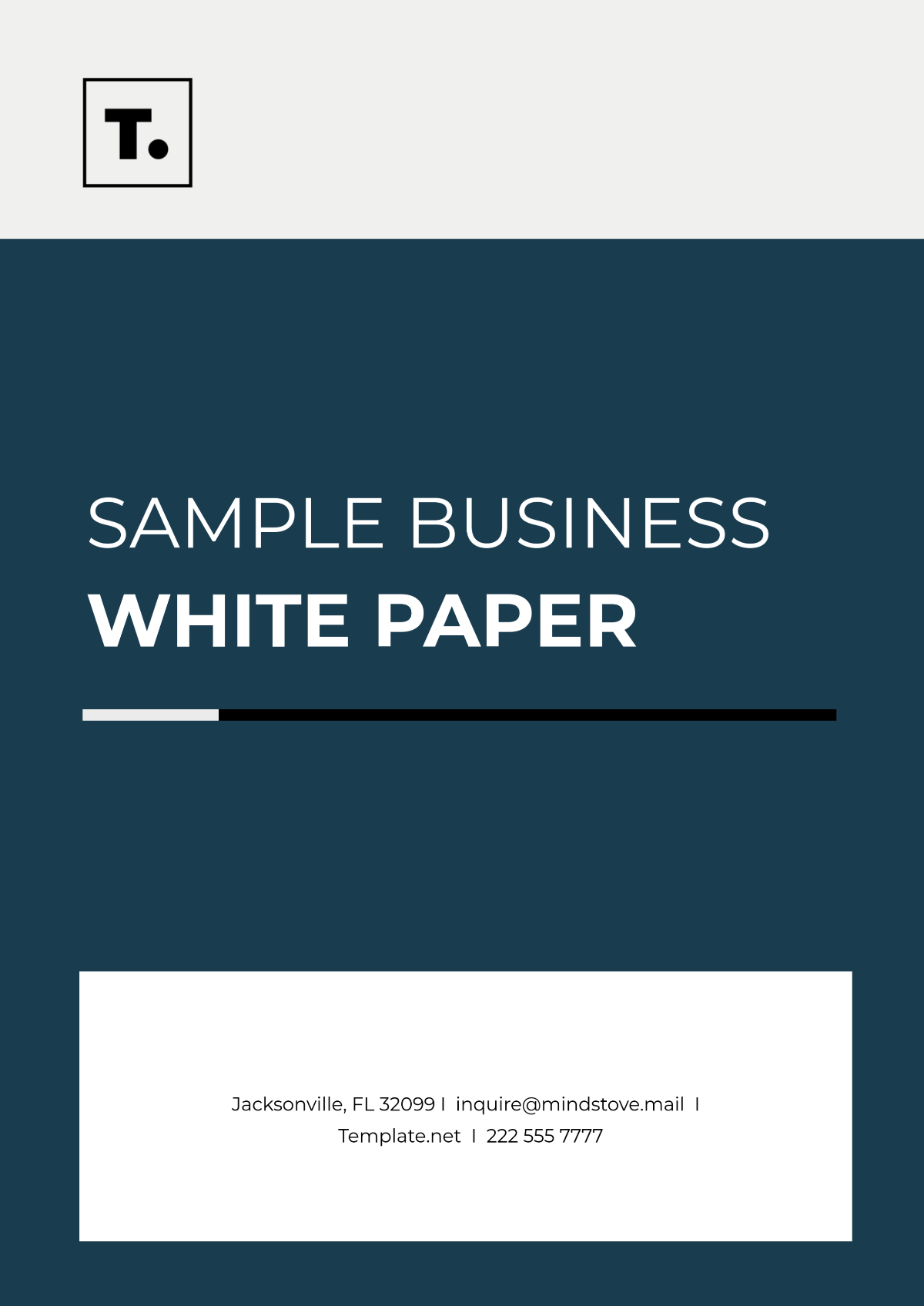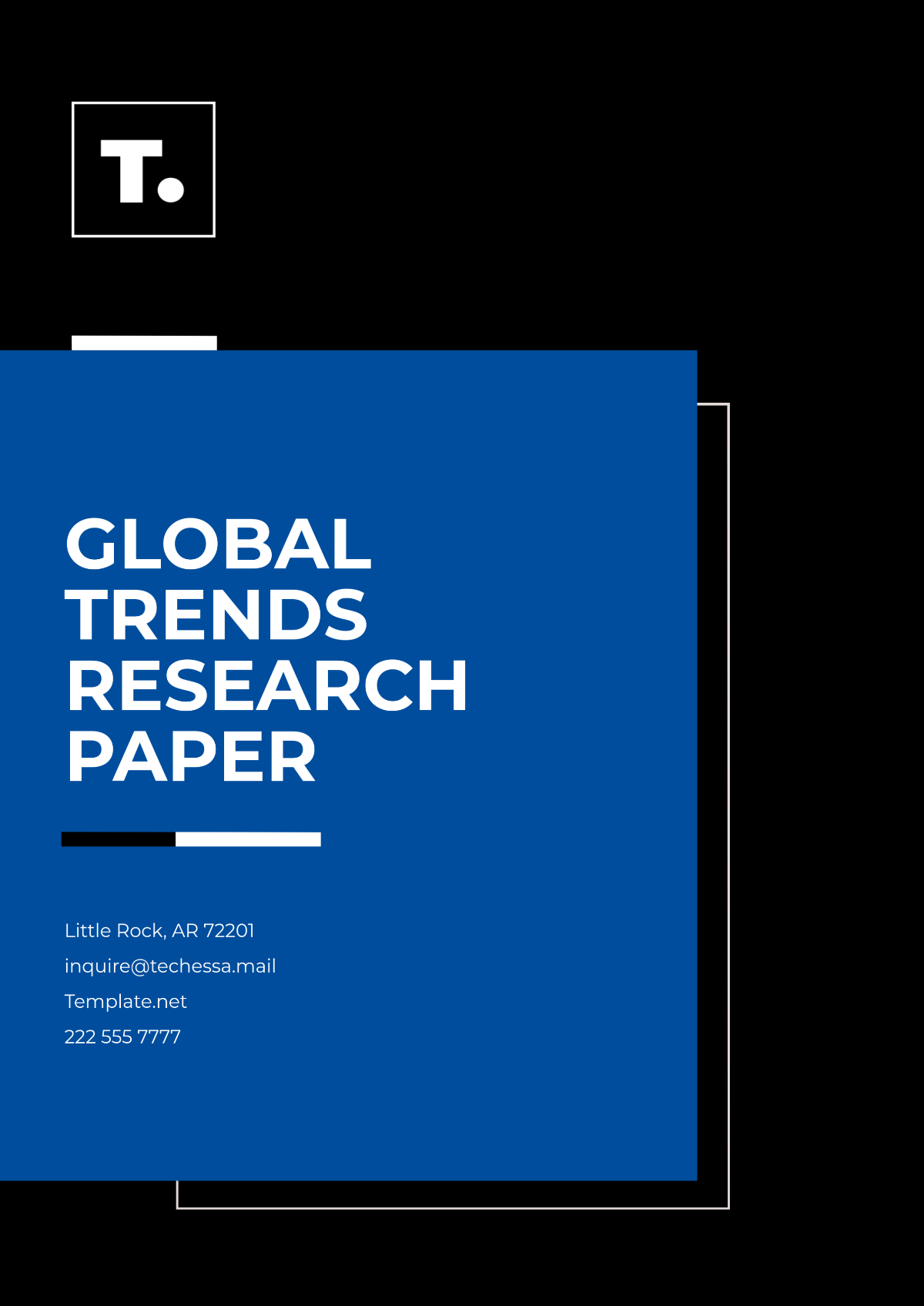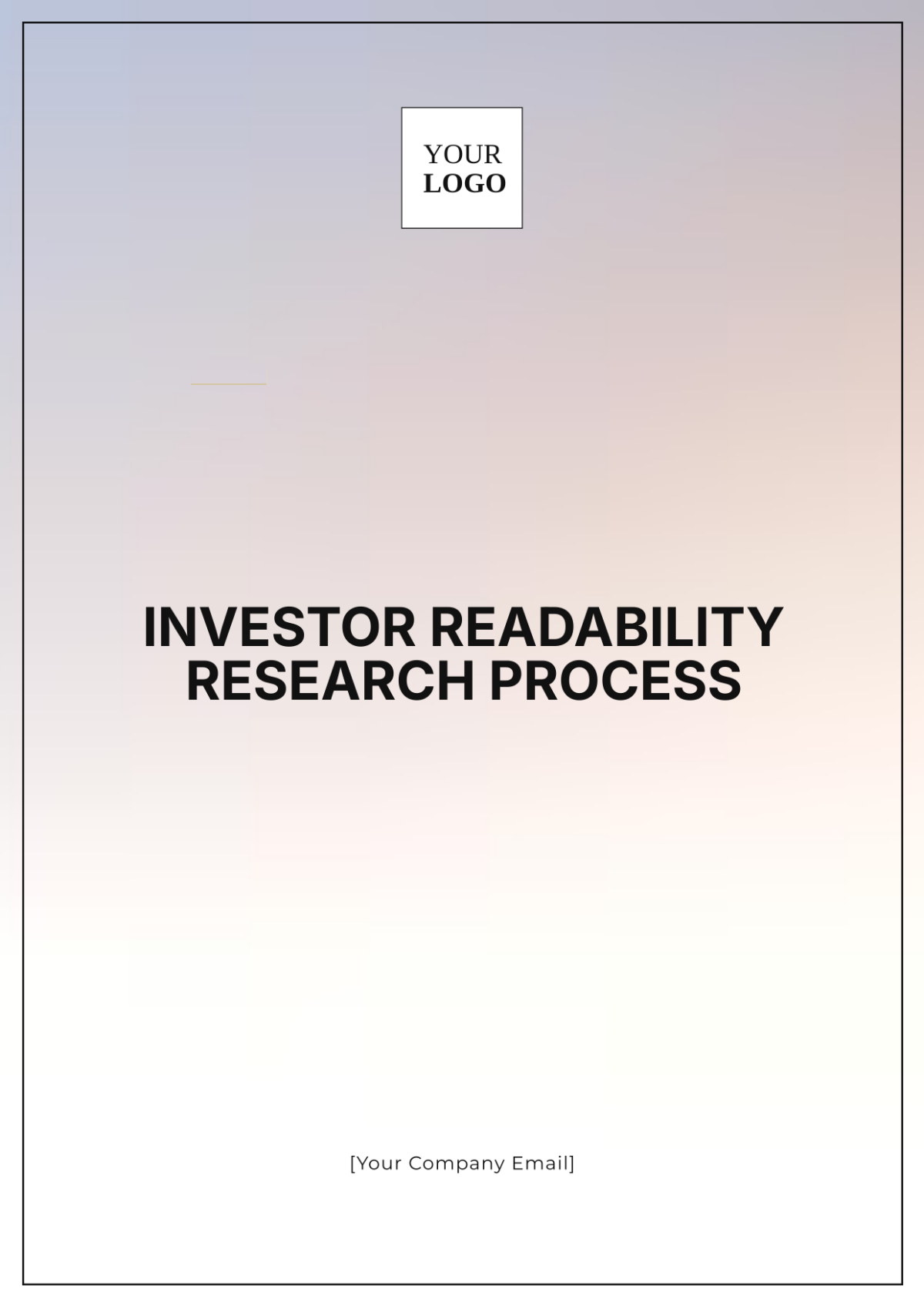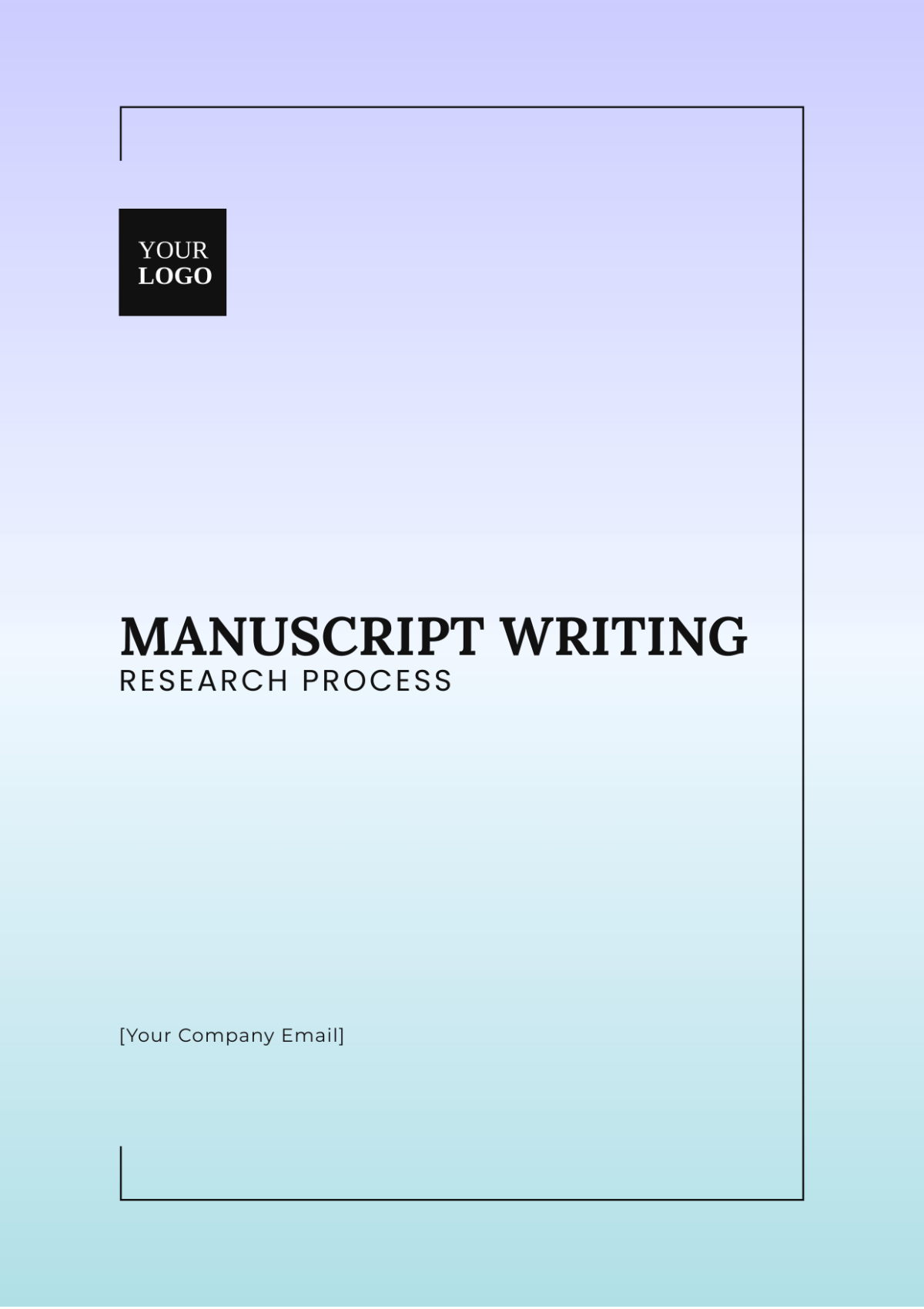Abstract Writing in Research Process
Researcher: [Your Name]
Date: [Date]
I. Introduction
An abstract serves as a succinct summary of a research paper or report, delivering a quick yet comprehensive overview of the study’s main objectives, methods, results, and conclusions. Its purpose is to provide readers with a snapshot of the research, enabling them to determine its relevance and significance without reading the entire document. Abstracts are crucial for academic publications, conference proceedings, and research grant applications, as they facilitate the preliminary assessment of research content and aid in the efficient dissemination of knowledge.
II. Objective/Purpose
The primary aim of an abstract is to distill the essence of the research study into a brief yet informative summary. This allows readers to quickly assess the relevance of the study to their field of interest and decide whether to engage with the full document. Abstracts also play a pivotal role in academic indexing systems, enhancing the visibility and accessibility of research through digital databases.
III. Methods
A well-structured abstract typically follows a standardized format, which includes:
Introduction: Briefly outlines the background and context of the study. For instance, “In an era marked by rapid technological advancements, understanding the impacts of artificial intelligence on workforce dynamics has become increasingly important.”
Objective/Purpose: Clearly defines the study’s aims. For example, “This research aims to evaluate the effects of AI integration on job satisfaction and productivity across various industries.”
Methods: Summarizes the research design, data collection methods, and analysis techniques. Example: “The study employs a mixed-methods approach, including a survey of 1,000 employees and in-depth interviews with 50 industry experts. Data were analyzed using statistical software and thematic analysis.”
Results/Findings: Presents key outcomes and data points. For instance, “The findings indicate a significant increase in job satisfaction among employees in tech industries, while productivity improvements were noted primarily in manufacturing sectors.”
Conclusion: Summarizes the interpretation of results and their implications. Example: “The study concludes that AI integration positively influences job satisfaction and productivity, suggesting that organizations should invest in AI-driven tools to enhance employee performance and satisfaction.”
IV. Results/Findings
The results section of an abstract highlights the significant findings of the research. For example, “The analysis reveals that 75% of respondents reported higher job satisfaction due to AI-driven automation, while productivity metrics improved by an average of 20% in manufacturing settings. Notably, job satisfaction improvements were more pronounced among employees with higher levels of AI training.”
V. Conclusion
The conclusion encapsulates the significance of the research and discusses its broader implications. For instance, “This research underscores the potential of AI to transform workplace dynamics positively. It suggests that ongoing investment in AI technology and employee training can lead to enhanced job satisfaction and productivity. Future research should explore long-term effects and industry-specific impacts.”
VI. Keywords
Keywords are essential for ensuring the research is discoverable in academic databases. Examples of keywords for this abstract might include: artificial intelligence, workforce dynamics, job satisfaction, productivity enhancement, mixed-methods research.
VII. References
Title | Author(s) | Journal/Publisher | Year | Format |
|---|---|---|---|---|
The Art of Writing an Abstract | Smith, J. | Journal of Academic Writing | 2051 | APA |
Effective Abstracts for Research Papers | Doe, A. | Research Methods Today | 2050 | MLA |
